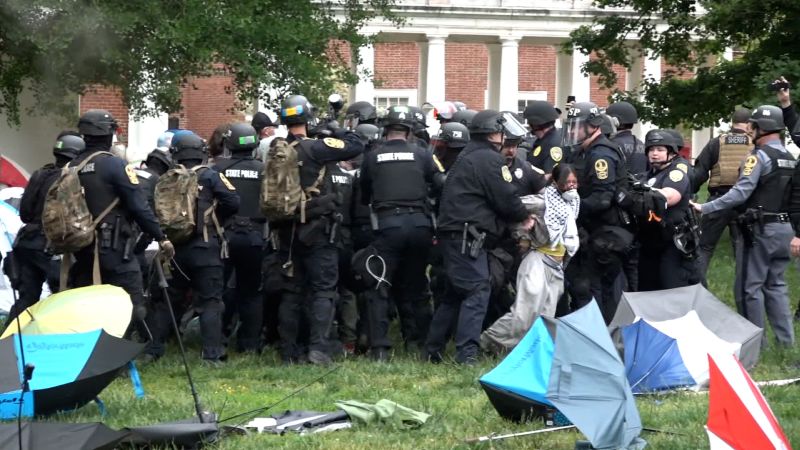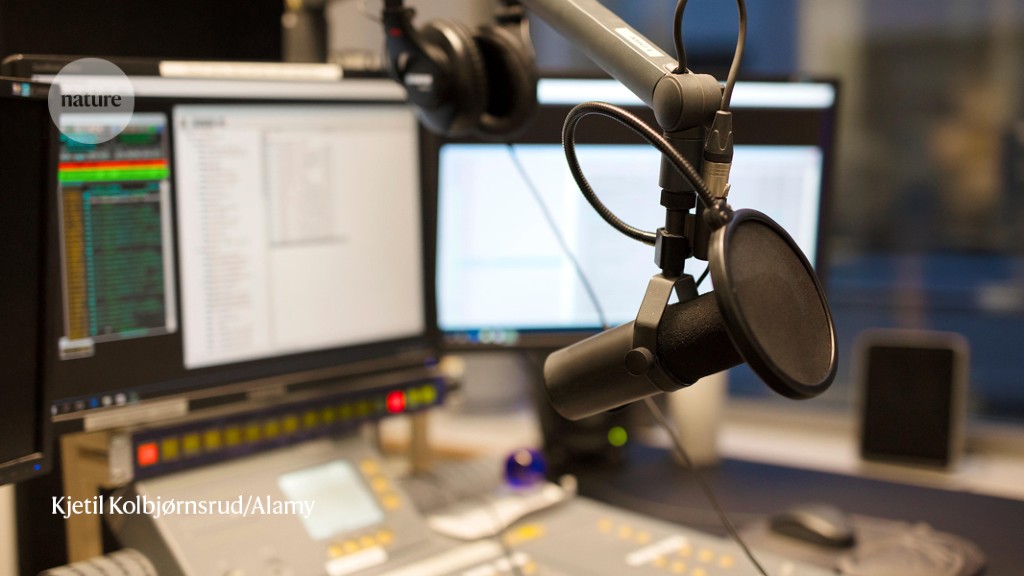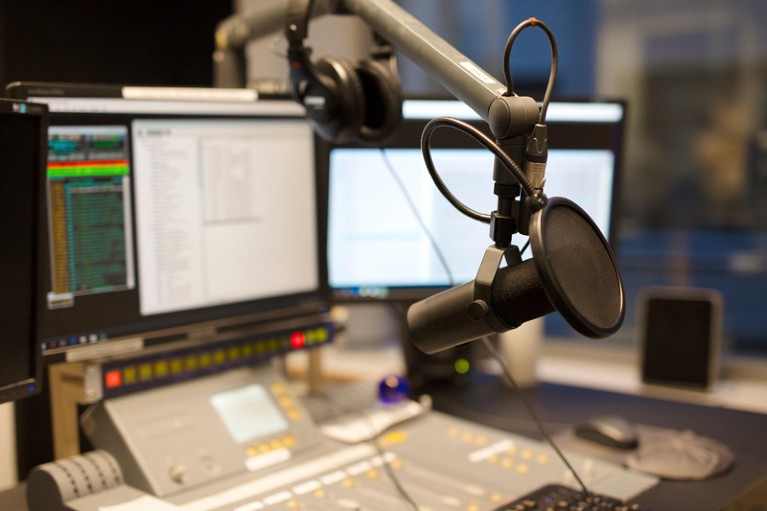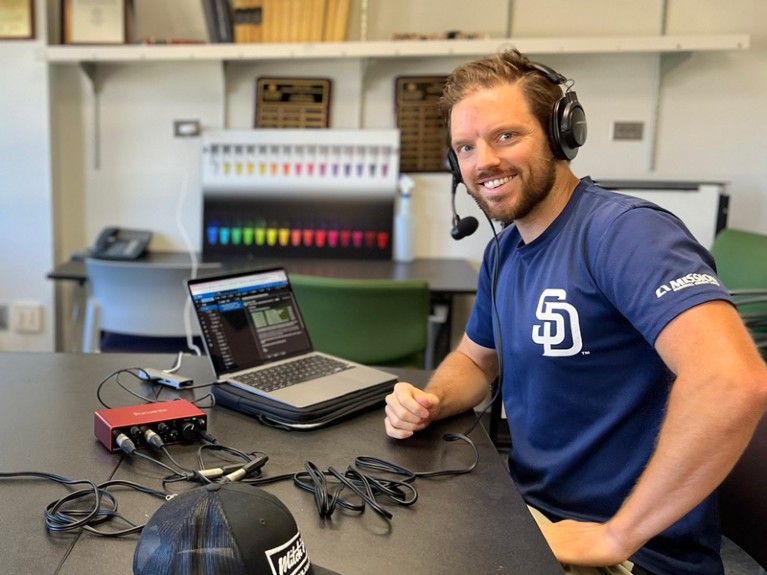A professional studio is a luxury not every aspiring producer has — or needs.Credit: Kjetil Kolbjørnsrud/Alamy
I remember, during my first year as an immunology PhD student, struggling with the ‘broader impacts’ outreach section of my US National Science Foundation (NSF) graduate fellowship application one morning before heading into the laboratory.
Before graduate school at the University of California, San Diego, I spent several years as a research associate, studying allergic disease. In this role, I mentored many undergraduate and master’s students and attended patient-advocacy group meetings to share our laboratory’s work. Still, I felt that my outreach was neither broad nor impactful enough for the grant proposal.
Eventually, it was time to go to the lab; I put in my headphones, started an episode of my favourite podcast at the time, The Tim Ferriss Show, and walked to campus. When I arrived, the idea hit me: I would make a science podcast.
To get started, I used my phone to record simple audio versions of journal club presentations that I’d given in the past year. I had put so much time into these talks, but only a handful of people had seen them — which seemed inefficient. With a podcast, I could share fascinating immunology work and my perspective on it in an accessible, scalable and enduring format.
Collection: Science and social media
I love listening to podcasts because I can tune into them any time, anywhere: sitting in traffic, working out at the gym or doing cell culture work. Although I started the podcast with my colleagues in mind, I made sure that the content was accessible to lay listeners by adding more detail and background information. Aware of the importance of branding, I thought long and hard about a clever name for the show.
First steps
After recording the first episode, I edited it with the free audio-editing software Audacity and hosted the cleaned-up tracks on SoundCloud, which I then uploaded to major podcast platforms, including Apple Podcasts and Spotify. The first episode went live in 2019. I shared episode links with my connections on Twitter and LinkedIn and with my lab and graduate-programme colleagues, and plugged the podcast in nearly every conversation I had at conferences. The entire process took a few weeks for each episode, and cost nothing. And just like that, the immunology podcast Inflammatory Content was born.
Kellen Cavagnero records an episode of Inflammatory Content.Credit: Consuelo Sauceda
After about six months, I had recorded ten episodes with a few hours of content. Fans started reaching out to me on Twitter, telling me they enjoyed the show and requesting episodes on certain topics. The positive feedback inspired me to keep going and improve the quality of the podcast. I learnt that a programme at my university had US National Institutes of Health funds available for outreach, so I applied and was awarded US$1,000 to buy professional recording equipment, including two Audio-Technica microphones.
To further increase the production value of the show, I added a musical intro and outro using free public-domain tracks from Google’s Audio Library. I also experimented with a new episode format. My favourite podcasts are interview-based, so I asked Alan O’Neill, a postdoctoral researcher in my lab who had just published an exciting paper, to be my guinea pig. We spoke about his article, career trajectory and philosophies on science and mentorship. I next had my thesis adviser on, then committee members, and then other professors at my university. I am now three years into podcasting and have released seven long-form interviews and a dozen solo episodes that have received tens of thousands of listens.
A flourishing project
Going forward, I would like to interview more scientists outside my university. Now that the podcast is relatively established, my unsolicited interview requests have a higher success rate, making this possible. I would also like to scale up the amount of content I release. The current bottleneck for me is the time-consuming editing process. To address this, I am recruiting an intern and working to improve my interview skills, so my episodes will require less editing.
This podcast has had a broader impact than I could have imagined. I now have the privilege of having deep conversations with scientists I admire and sharing these conversations with the world. Some of my favourites are the episodes with infectious-disease physician Victor Nizet, dermatologist Richard Gallo and immunologist Mitchell Kronenberg: these senior investigators have launched numerous trainees into independent careers and are chock-full of wisdom.
Not only has Inflammatory Content had a positive impact on the listeners, but by forcing me to listen carefully and communicate clearly and concisely, it has made me a better scientist and educator. Moreover, through the podcast, I’ve made strong connections with professors with whom I might pursue postdoctoral research in the future. I was even awarded the NSF fellowship, and I feel that including details about the podcast in my application played a big part.
I hope my story inspires others to pursue outreach through podcasting. This is a burgeoning medium, and it is important that scientists at all career stages use podcasts to share their work and their stories, for the benefit of the scientific community and society at large. I encourage anyone interested in getting started to take the leap. Start something, learn along the way and see where it goes.
This is an article from the Nature Careers Community, a place for Nature readers to share their professional experiences and advice. Guest posts are encouraged.










More News
Author Correction: Stepwise activation of a metabotropic glutamate receptor – Nature
Changing rainforest to plantations shifts tropical food webs
Streamlined skull helps foxes take a nosedive